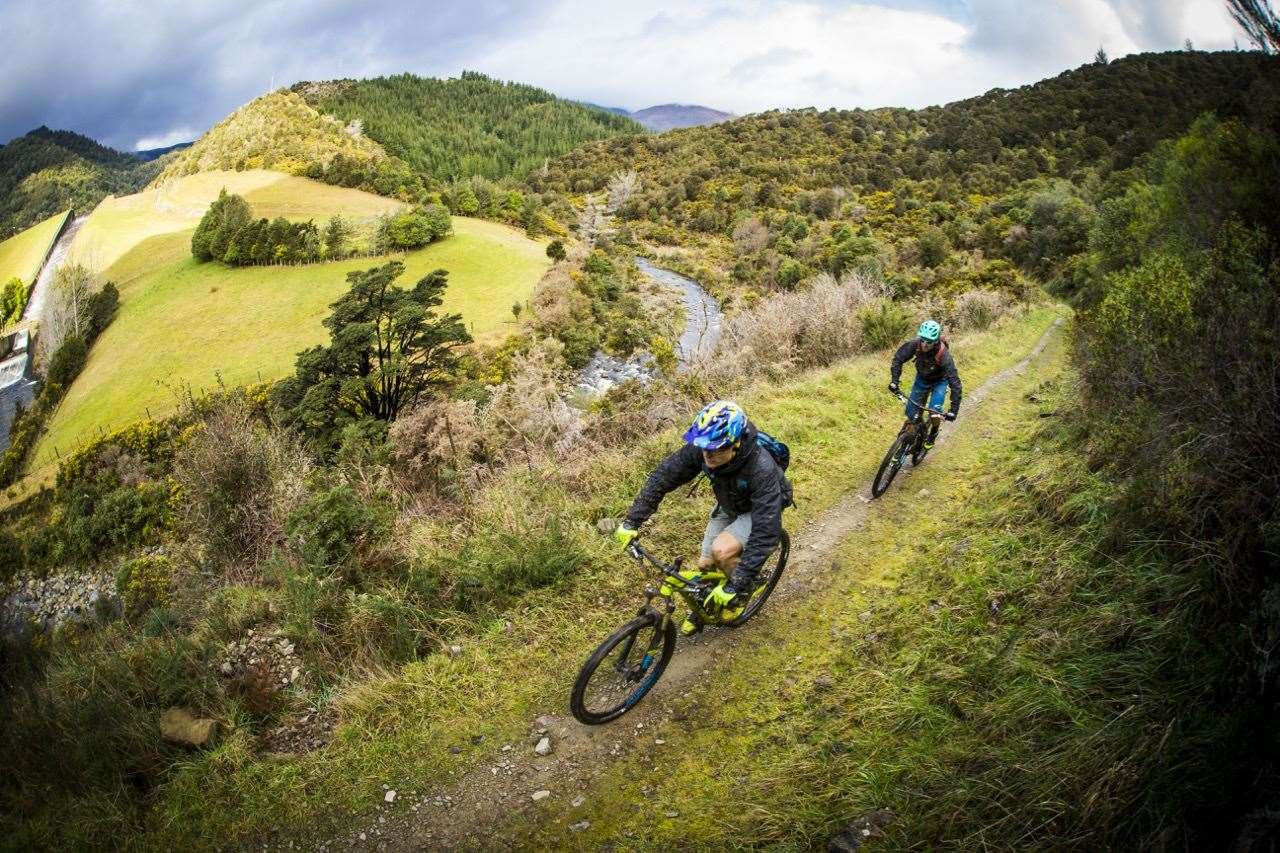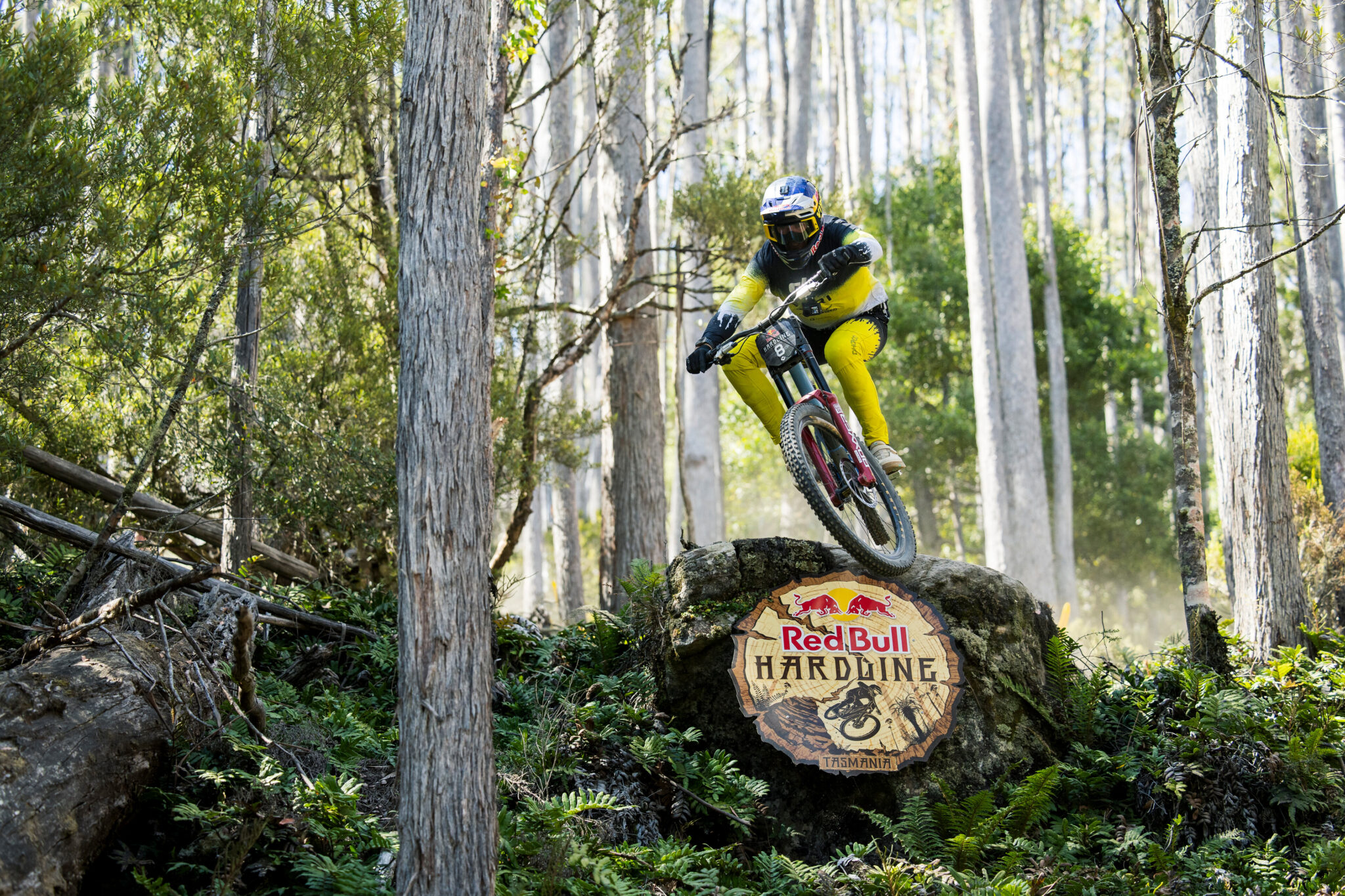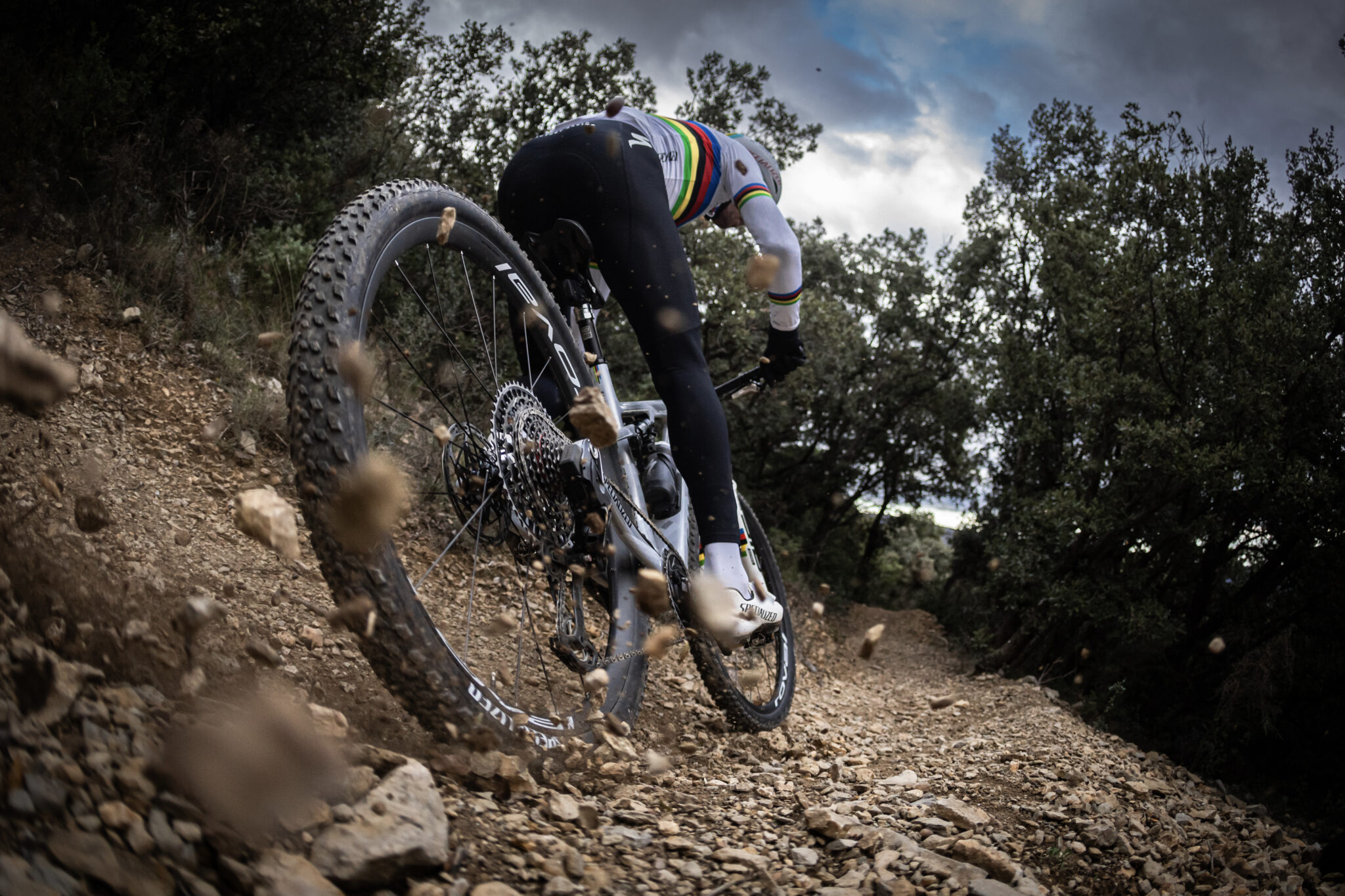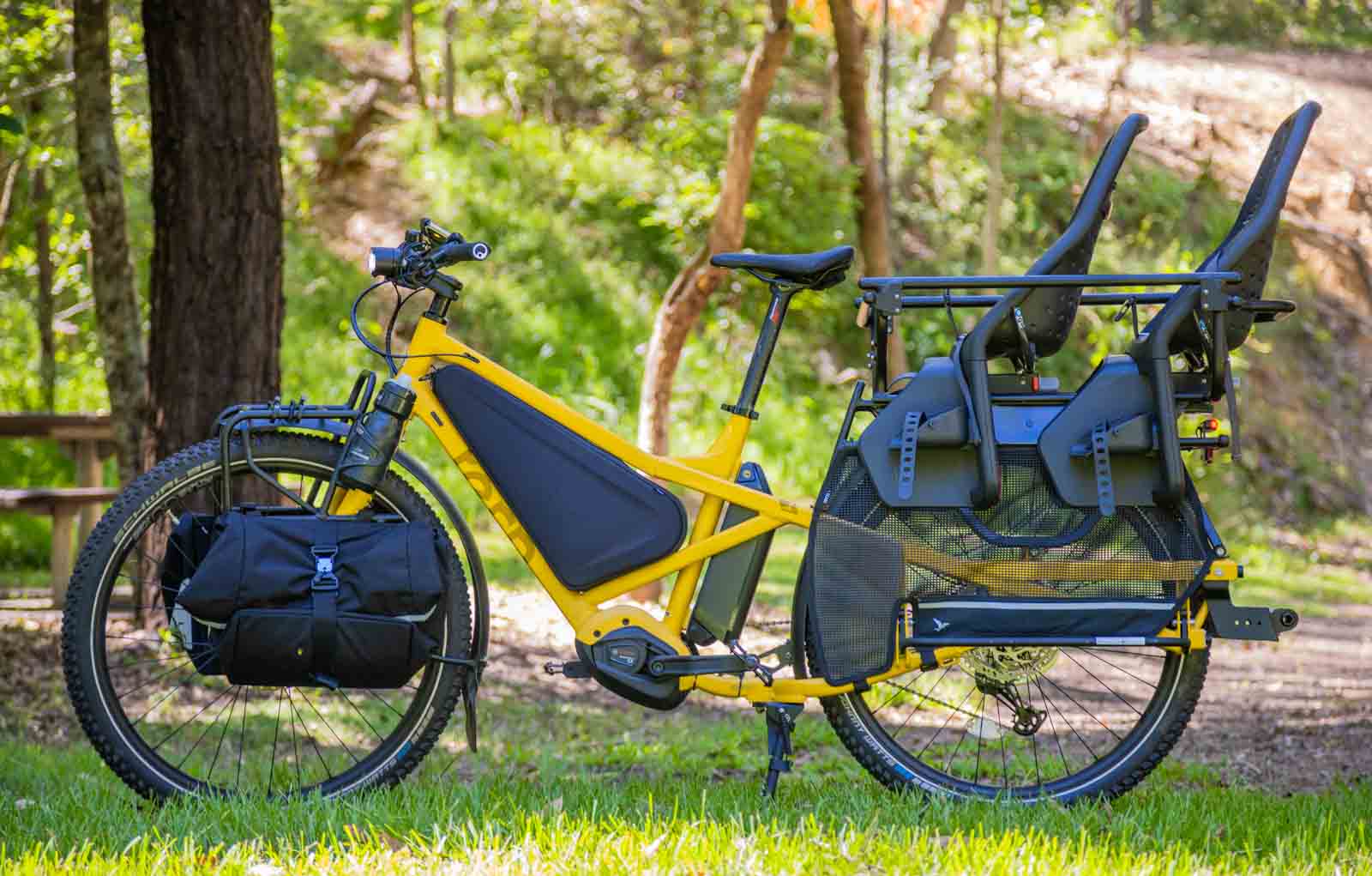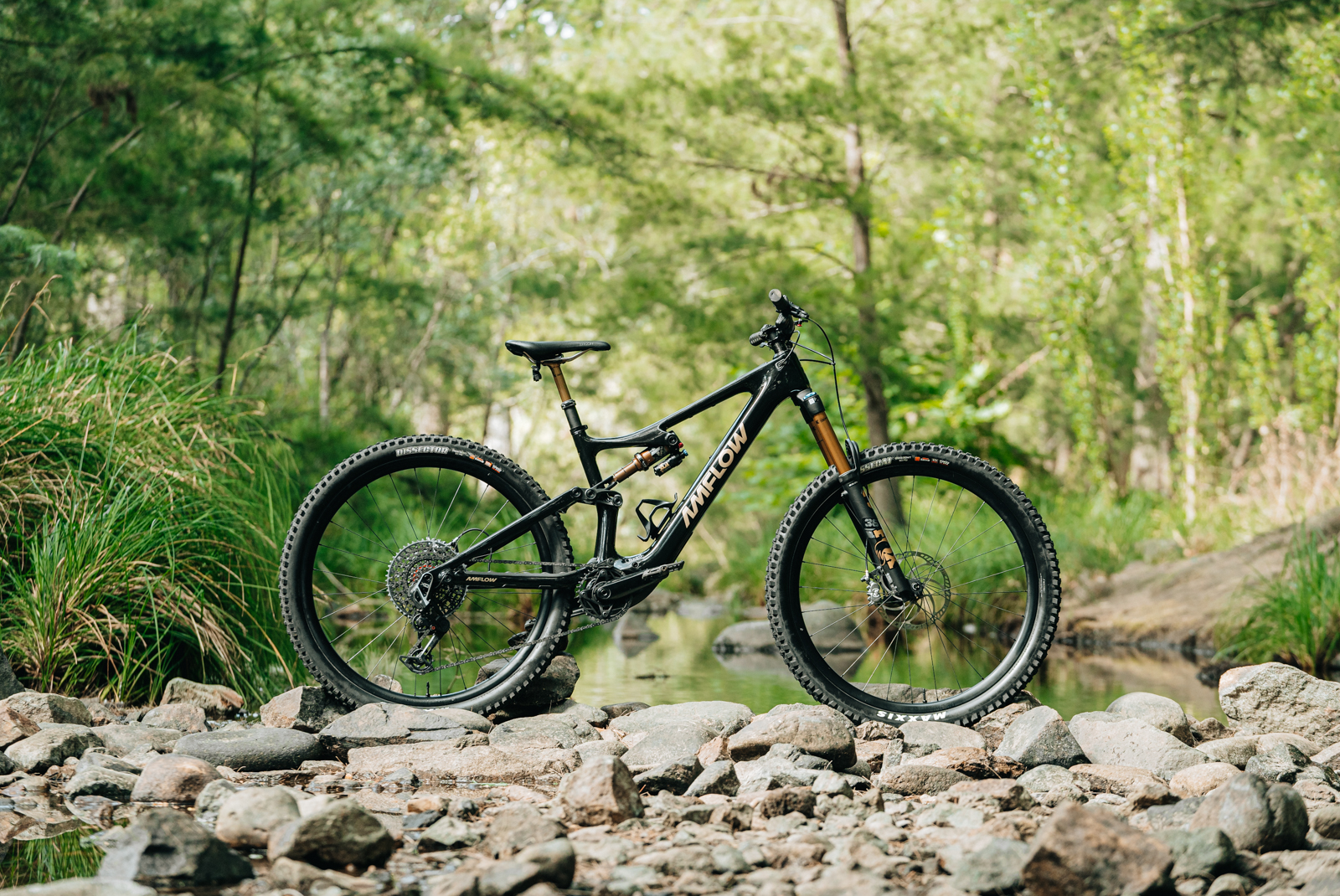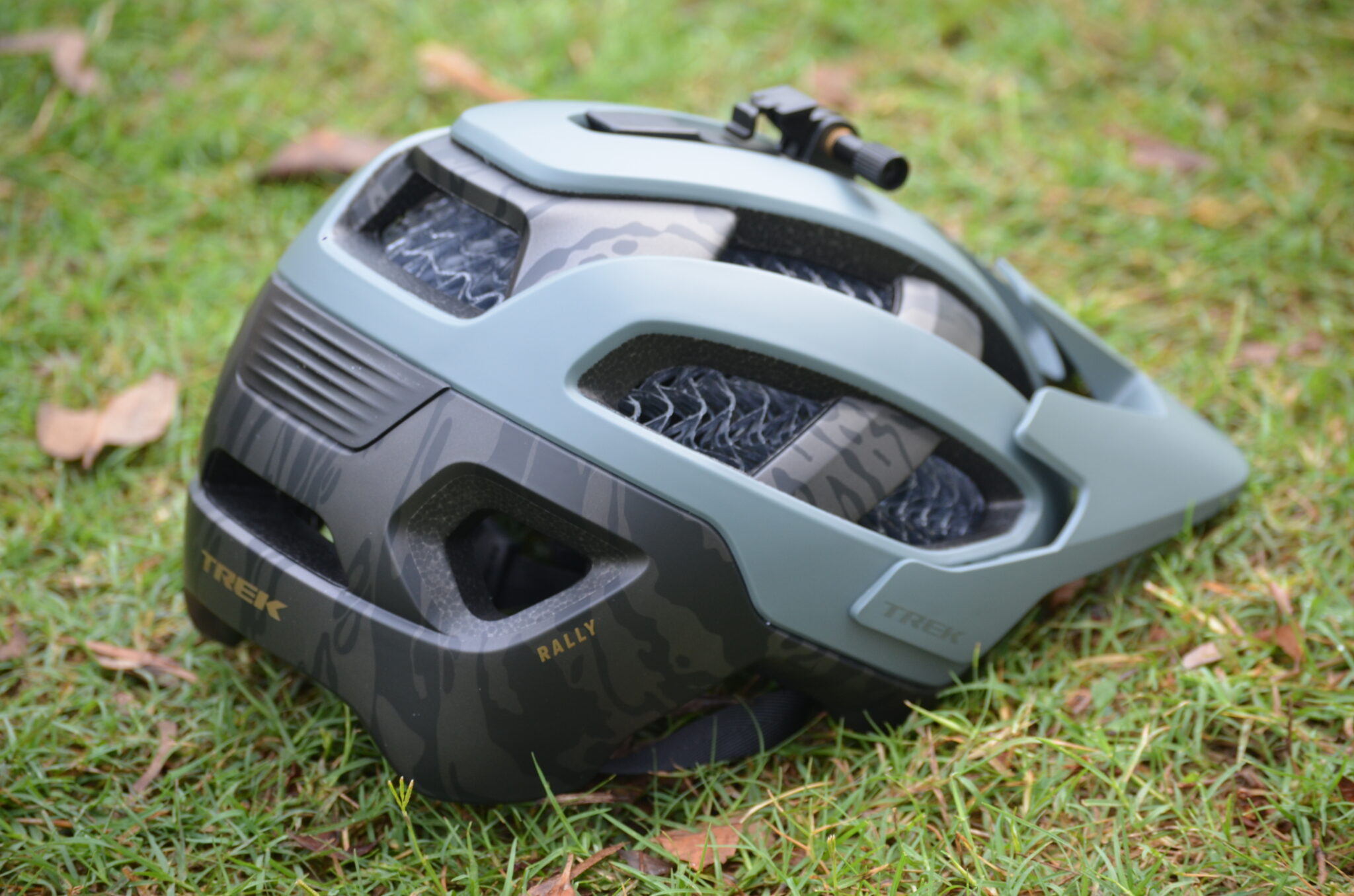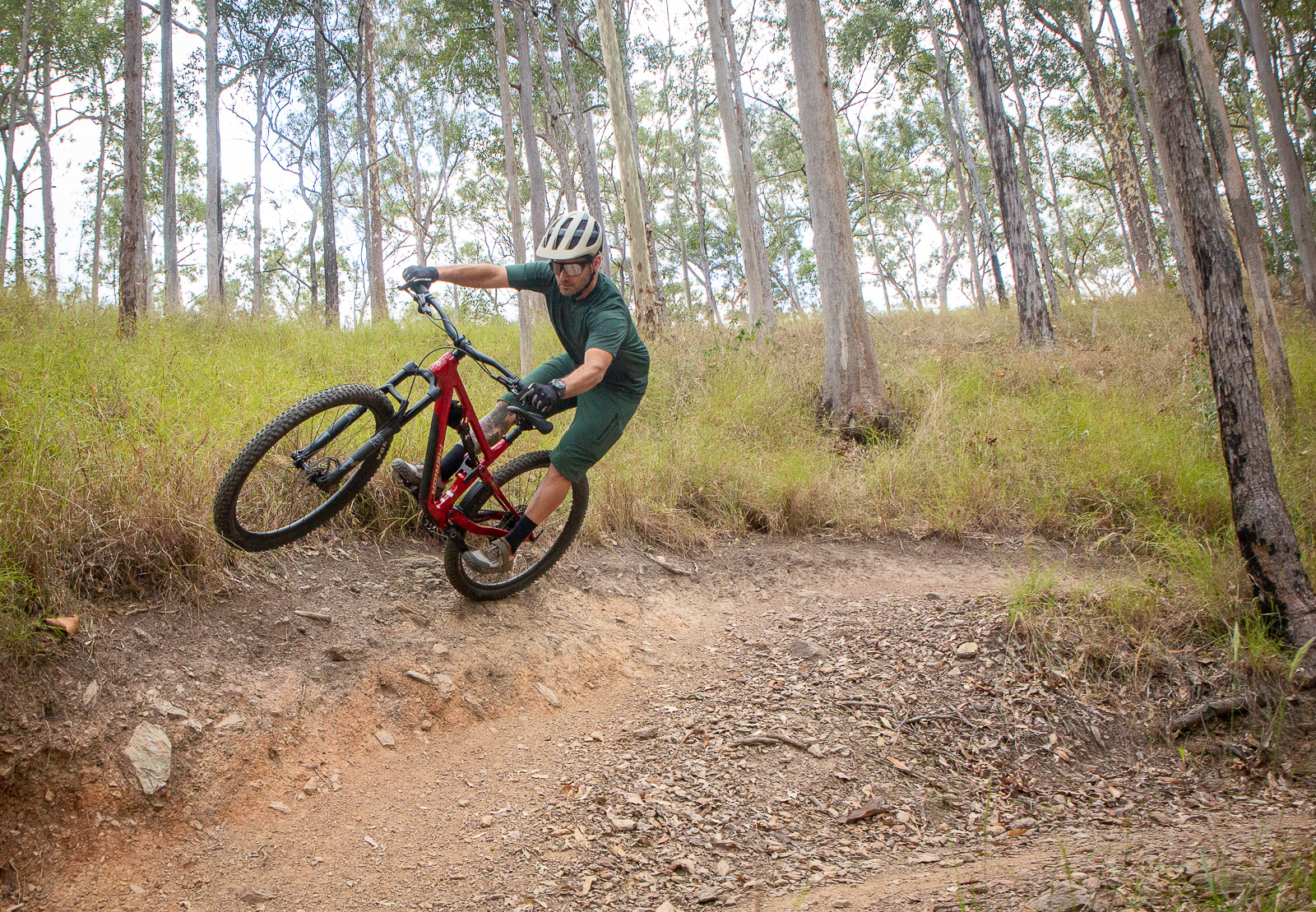The lost art of mountain bike etiquette
Having ridden mountain bikes for more than half my life, I have grown to love the freedom it provides, being a sport that can take you into true wilderness, allowing an escape from the mundane, an escape from the daily routine, and a chance to disconnect.
Having ridden mountain bikes for more than half my life, I have grown to love the freedom it provides, being a sport that can take you into true wilderness, allowing an escape from the mundane, an escape from the daily routine, and a chance to disconnect. But still, there were certain ‘rules’ that I was made aware of as I started to ride more and meet other mountain bikers. Not quite a code of conduct, not a strict set of written rules, but something that could best be described as etiquette. They were ways to behave and ensured a level of responsibility and safety when mountain biking.
The essence of mountain biking used to be about adventure and self-sufficiency. That’s why the introduction of Tech Zones in the World Cup was such a big change. Previously, riders needed to carry what they would require to repair their bike and complete the race.
But this isn’t about racing, it is about riding, and making sure that’s something we can continue to do. Many of the ‘rules’ that made up the etiquette of mountain biking can be found within IMBA’s Rules of the Trail – although there is more to it than that.
IMBA states we should ride open trails. It’s obvious, but it is also likely no one ever truly sticks to that rule. But riding trails that are closed to mountain bikers isn’t a way to force them open. And neither is riding sanctioned single direction trails the wrong way a good idea either.
The rules that IMBA lay out also suggest to leave no trace. And I think in general mountain bikers are really good at that. But, I don’t think it’s bushwalkers who leave inner tubes on the trail, and probably not gel wrappers.
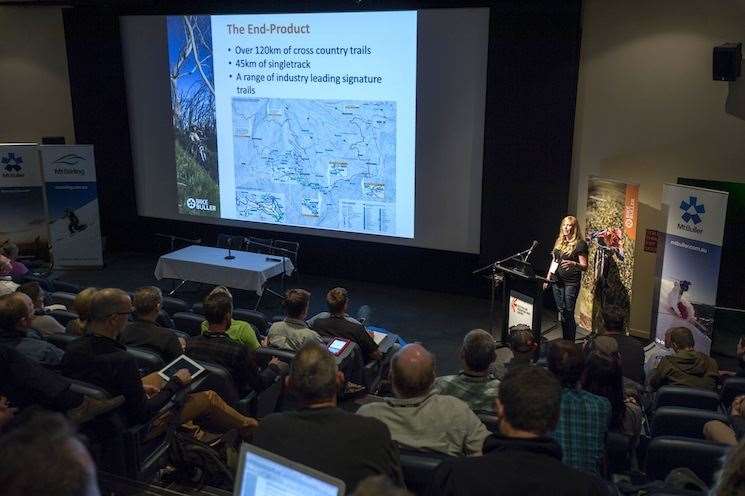 Mountain biking has come a long way – but some things need to be kept in check.
Mountain biking has come a long way – but some things need to be kept in check.Yielding and controlling your bicycle are another two good ones, but ones that just about everyone misses. Yield to walkers and slower moving trail users. Like kids, new riders, walkers, or horse riders. And yield to uphill riders. Unless you’re racing the clock in an event you shouldn’t be moving so fast down a trail that you can’t slow down to let someone else through – or just not run into them.
Planning ahead is another on the IMBA list – and this is a service to others as well. Take what you’re going to need, or a little more. Don’t be the rider walking along the trail in need of a tube because you didn’t want to bring one. And don’t be the rider out of water or food on a ride because you didn’t want to carry much. Plan ahead and be self-sufficient.
The rules that IMBA have put together have an aim. They want to make mountain biking a sport that can grow, and be accepted. And it is growing! Just about every year is better than the last. Every year I enjoy riding my mountain bike, and as much as people can look back and remember the days when bikes were simpler, and everything wasn’t so flash – the truth is there weren’t nearly as many trails to ride, people to ride with, and what we could ride wasn’t nearly the same. This improves each year. Every year it’s an even better year to be a mountain biker.
But we can’t continue to grow unchecked. We can’t have riders bombing runs aiming for Strava PRs and blowing corners, short cutting trails and creating conflict with other riders or trail users. You shouldn’t need to bail off a technical climb because another rider has chosen to drop down it so fast you have no choice except to throw yourself out of the way. And by no means should any rider be needing to pack out more than they packed in because they are cleaning up after less considerate riders.
Etiquette on the trail is about more than saying a quick “G’day” to a passing rider. It’s about thinking how you would like to be treated, and how we need to treat the trails and other trail users so we can ride again another day. And it’s not a case of rule enforcement, but shared knowledge. When you started out, you had lots to learn. And while some things get learnt, other skills and habits are taught. Let’s make sure trail etiquette isn’t lost – but it is passed along.
We want to put reader’s opinions and thoughts in print each issue. If you’ve got a concept, opinion or idea – email us at amb@nextmedia.com.au to tell us about it and we’ll take it into consideration for an upcoming issue.
